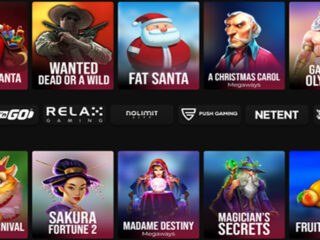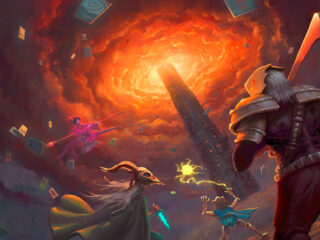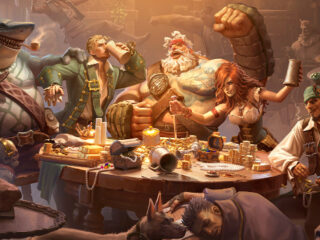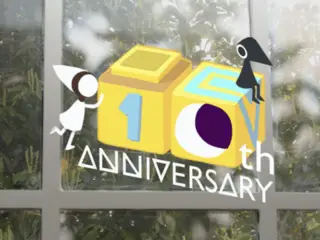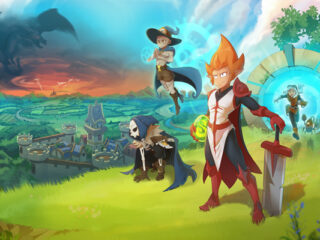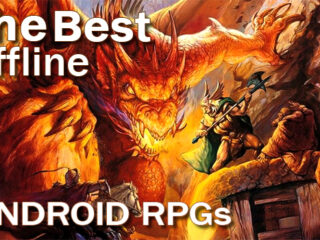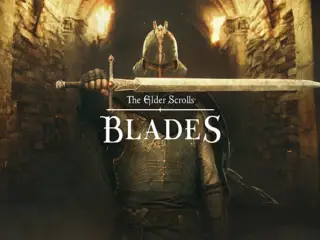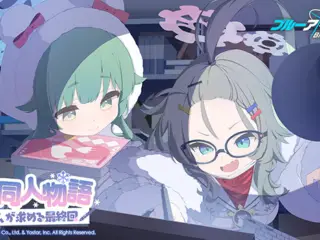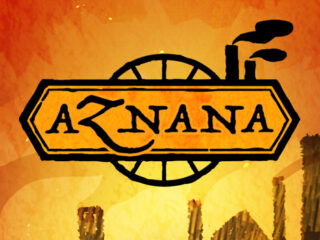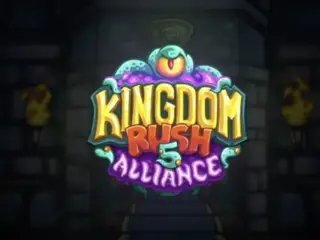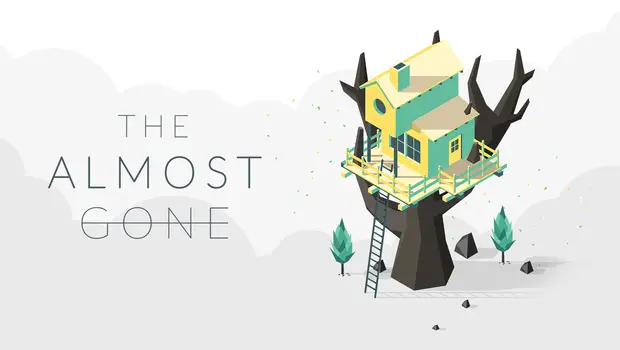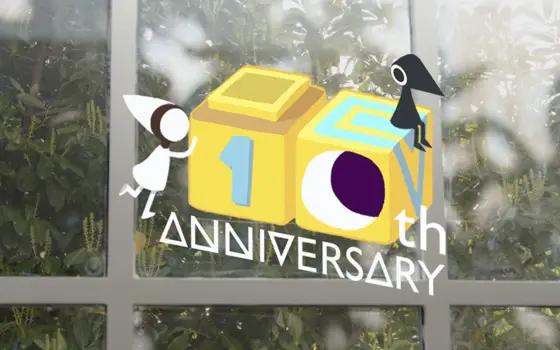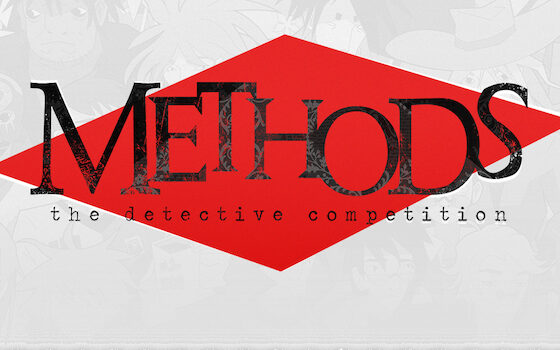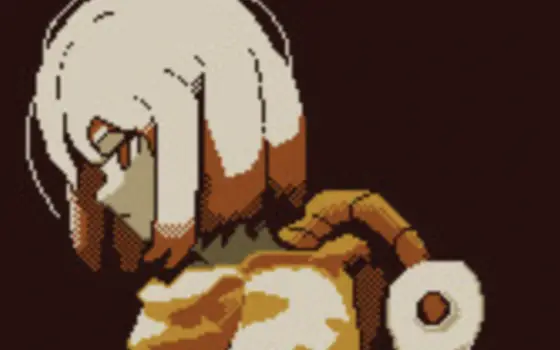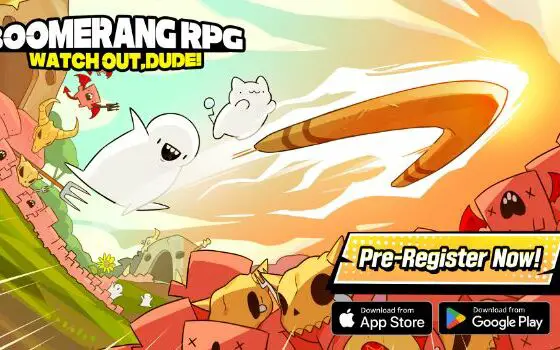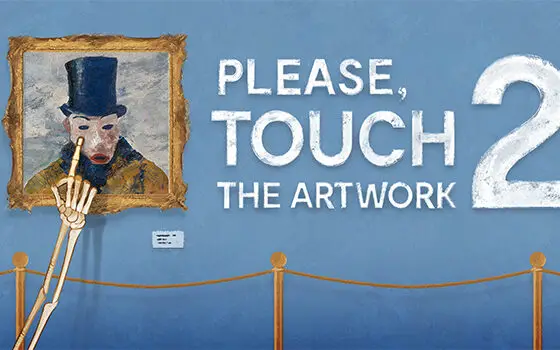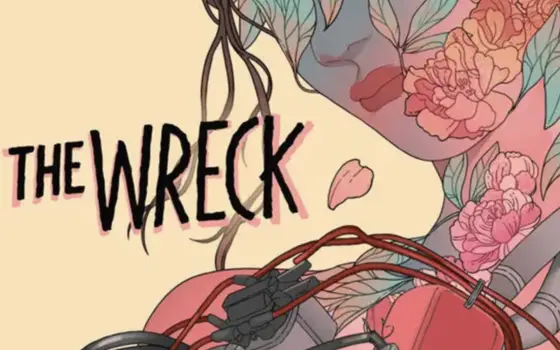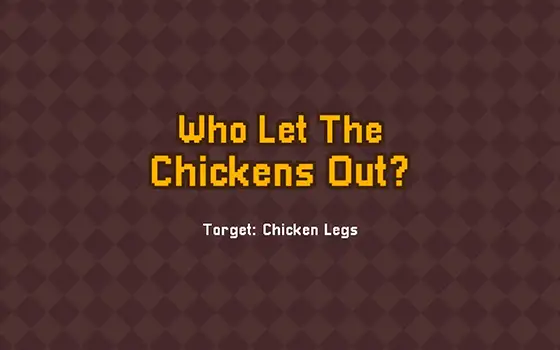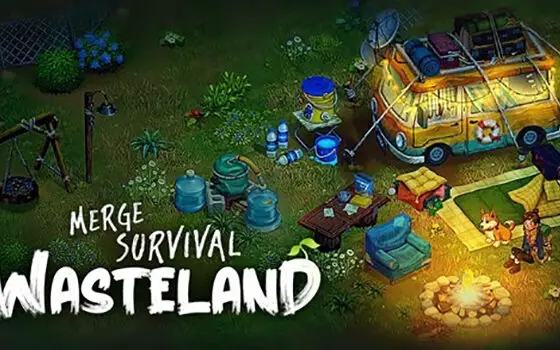Come to the Treehouse
If you decide to travel to thealmostgone.com you are sure to find – after scrolling past a very intense portrait of Belgian author Joost Vandecasteele – a considerable list of awards. Both the website and the awards are for Happy Volcano’s game The Almost Gone, now available on Android, iOS, Steam and Nintendo Switch. But does it live up to that praise? The Android version does not.
The Almost Gone is definitely a unique game. Instead of physically moving the main character, you control the actual spaces and rooms she inhabits, neatly cut into square blocks like pieces of perfectly-sliced, rectangular birthday cake. Using your finger, you can swipe to rotate the blocks to view them from a new angle, or swipe to move from one block to another. Also, you can tap on items to interact with them. You advance to new areas and progress in the game by solving puzzles with the items you find. There are no physical characters in The Almost Gone in terms of sprites, avatars or any other tangible representations. You’ll only see the blocks, which themselves feel like their own puzzle.
Moving, rotating and tapping is all you do. But unfortunately, the controls and sensitivity in The Almost Gone make those tasks complicated and infuriating. Although the game explains the proper movements for moving and rotating at the beginning (blink-and-you’ll-miss-it, though), they are not as intuitive or simple as the game assumes. I, a pretty chill person by most metrics, had to stop myself from throwing my phone against the wall several times because it was so frustrating.
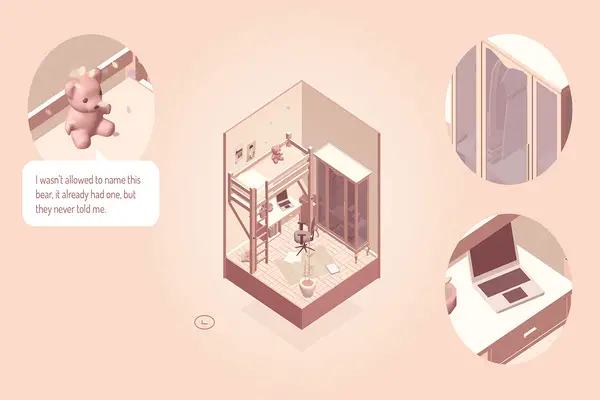
Where Am I?
Eventually you’ll start to get a feel for the controls, but the game still drags. Most of the puzzles involve you bringing objects from one room to another. That’s fine, but once you figure out what goes where it takes you a while to actually do it. The rooms lurch back and forth slowly, and that prevents you from traveling rapid-fire through large areas. I used the walkthrough often, and not because the puzzles confounded me or the world failed to interested me. I just was tired of the process of swiping and looking for things.
Compound this with play areas overstocked with items. Many of which you can interact with by tapping on them, and that means they are either important for solving puzzles, or decorations that generate prompts with flavor text. But there are even more items that do nothing when you tap on them, but because they are next to a puzzle item/flavor text, they will activate something you didn’t click on and might have already seen/read before. Most rooms only have one or two interactable objects, but they appear to have many more. You won’t know which are relevant or which are just decorative because there’s no way to tell, so you have to tap everything.
So after you swipe to a new area, you will have to tap all over a room, interact with some items, generate some dialogue prompts, rotate it a few times, tap some more, generate the same dialogue prompts three hundred more times, then lather, rinse and repeat for the next area.
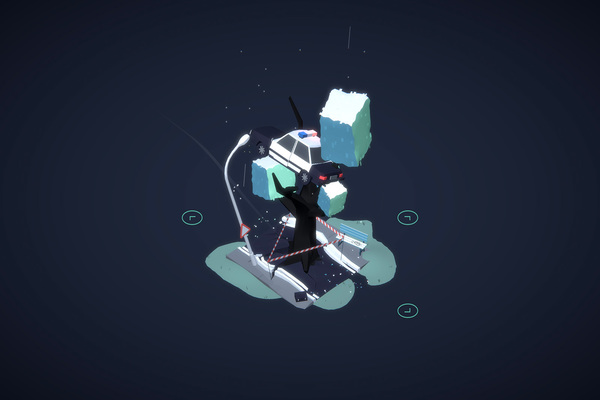
How Did I Get Here?
As for the story, I had mixed feelings. If you come in expecting a traditional narrative where the main character confronts an issue that they work to resolve by the end, then get ready for disappointment. The game’s plot is more about the protagonist piecing together the past events that led them to where they are now. While that’s not the most exciting way to tell a story, it’s an excellent approach to showing how depression and mental illness can burrow their roots in a family and spread sickness down through multiple generations. There is some upsetting subject matter and the game comes with a trigger warning, so be careful if you do decide to play it.
However, the ending is disappointedly abstract. Just when events reach a dreadful climax, the story ends and lots of loose ends remain up to interpretation. I won’t spoil anything, not only because I don’t want to ruin it, but also because I don’t exactly know what happened.
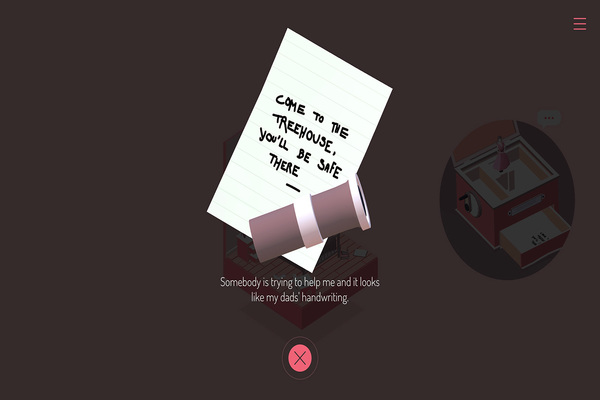
The Almost Gone, however, is not without its merits. In a horror game with no characters, the real monster is loneliness and neglect, and the only way to portray that is through ambience. The Almost Gone pulls that off tremendously well. The background music is eerily calm throughout most of the game, but ramps itself up to a bone-chilling intensity at several critical moments, especially in the later sections. The sound effects in some rooms resound thunderously, then vanish like lightning once you leave.
You’ll be Safe There.
Although I had gripes about the decorative items, the visual aesthetic of the game succeeded at being pleasing and unsettling. An anxious, trapped feeling swallows up the nicely stylized architecture, pleasant colors and retro designs. In many of the rooms there are flourishes that give off a “lived-in feeling,” such as papers scattered or glasses and plates left out even though no one’s there.
From what I understand, The Almost Gone has different controls on different formats. On Steam and Switch it is a bit pricier, but there are arrows you can click on to move instead of swiping with your fingers. I don’t know if I could recommend a short game like this with a higher price tag, but I think if this game had better controls I might have enjoyed it more. It was easy on the eyes, and the story touched my heart. But my fingers just didn’t feel the same way.
Is it Hardcore?
Almost.
Frustrating controls and repetitive tapping suck the life out of a charming art style and intriguing story.
